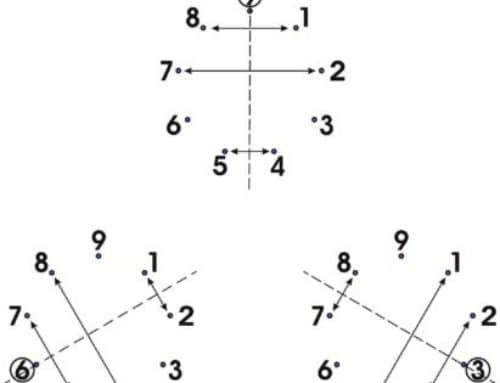Voice & Enneagram
Our voice is far more than a communication tool. A breath of air flows into your body, taking on your unique thoughts, feelings and emotions, and when it re-emerges it shows to the world who you are.
There’s no better way to understand a person from the way he/she uses his/her voice:
- Does the voice flow freely or is it held back?
- Where is the voice stuck?
- Is the voice tense or relaxed?
- Is the voice solid and grounded or is it light and floating?
- Is the voice using the breath economically or stingily?
- Is the voice full of or lack of feelings and emotions?
The multitude shades of our voices reflect our physical, mental and emotional state, constantly sending out frequencies and vibrations signaling what and how we think and feel, beyond our words. It never lies no matter how hard we may try to hide our voices.
This unique ability of our voices resonates with the base of the Enneagram, the 9 spiritual passions that dominate our whole thoughts, feelings and emotions. Each type has its own voice pattern that reflects the strengths and struggles that particular type experiences. Listening to your voice helps you identify what you are going through, what is holding you back, where you get stuck and what blind spots you have overlooked.
Voice is physical. It’s originated from the vibration on your vocal cords, powered by your breath, amplified by the cavities in your body and understood by the use of articulators. A shift in your voice can lead to a shift in your mind. Mind and body are one.
Free your voice, you’ll free your mind. Uncover the voice that rises from your core, you’ll release the feelings and emotions that you’ve held back. Resonate your voice fully, you’ll experience transformations in the way you express and speak up for yourself.
Enneagram Type One
Enneagram type One’s spiritual passion is anger, which is a blind spot for Ones. They don’t know they are more angry than others. One’s basic focus is on error. They achieve perfection by eliminating errors. As the result of the anger and the tendency to correct errors, Ones often look stern and sound task-oriented. The common voice pattern you’ll find in One is too much force is consumed in the projection, regardless of the pitch or volume.
For Ones who have not had any proper training in voice, their pitch is often higher than other types, resulted in a voice that sounds too harsh. Think about Hillary Clinton. Those who have had some training on either voice or breathing, their pitch can be lower, but you can still discern the force, too strong in their voice that says by itself, “This is not right!”
The key observation for Ones is to hear the over-use of force in their voices and learn to use less force, that is, less breath. Using less force teaches Ones to be able to let go, letting go of the “should, ought and must”, letting go of their the-one-and-only “right” way, letting go of being too hard on themselves, and eventually reach serenity, its virtue.



